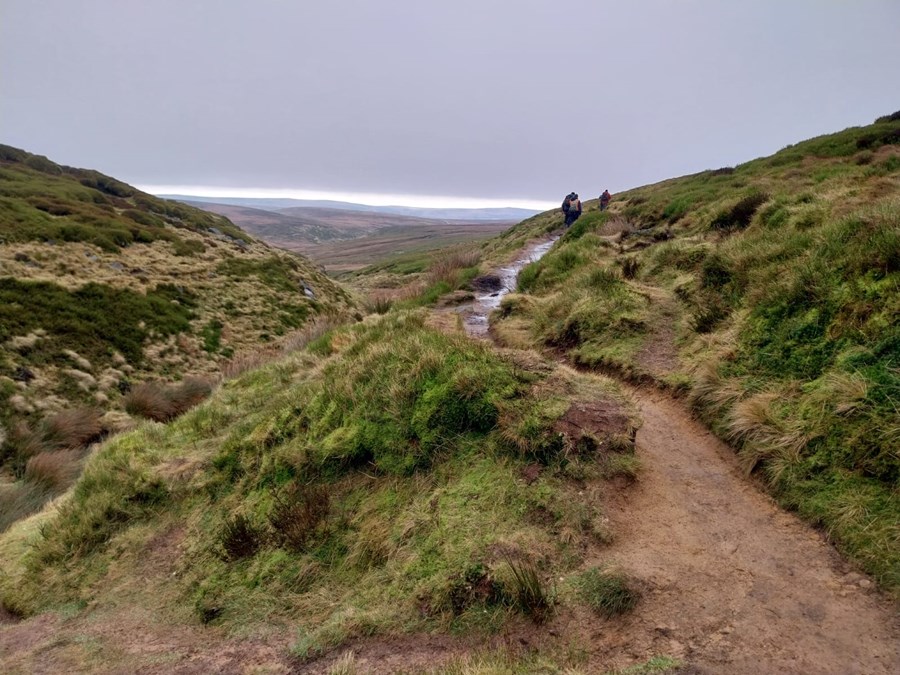SWL staff learn about Peat in the Peaks!
Four members of the Scottish Woodlands team headed south to learn more about peatland restoration in the Peak District.
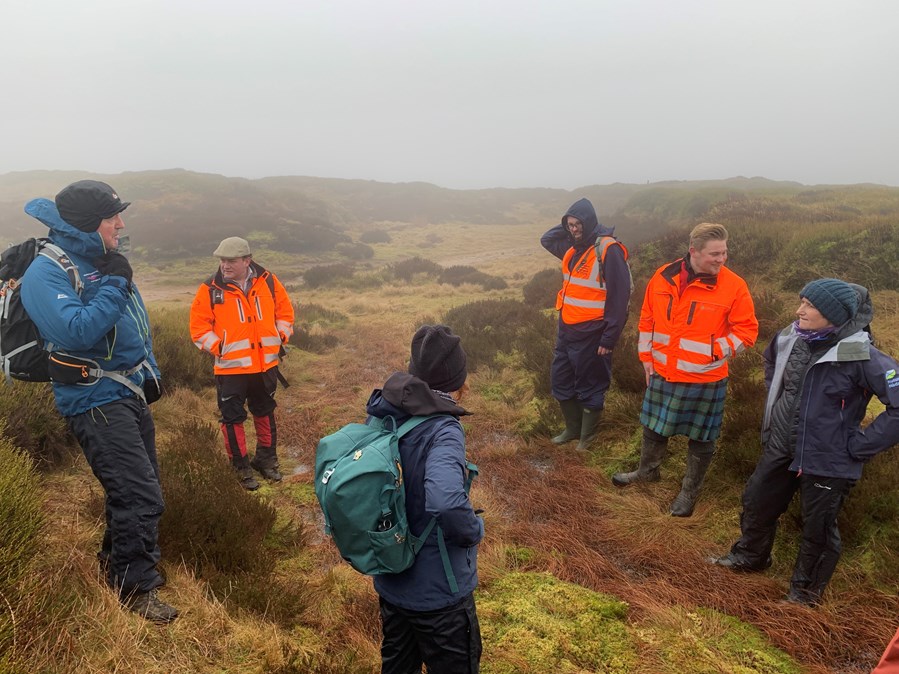
The team, led by Carbon Manager Emma Kerr, visited Bleaklow, one of the highest points of the High Peak area of Derbyshire, midway between Sheffield, Leeds and Manchester. Emma was accompanied by newly-recruited Peatland Project Manager Dr Erin Stoll, Forest Manager James Macpherson-Fletcher, and Forest Investment Manager Dan Wilson.
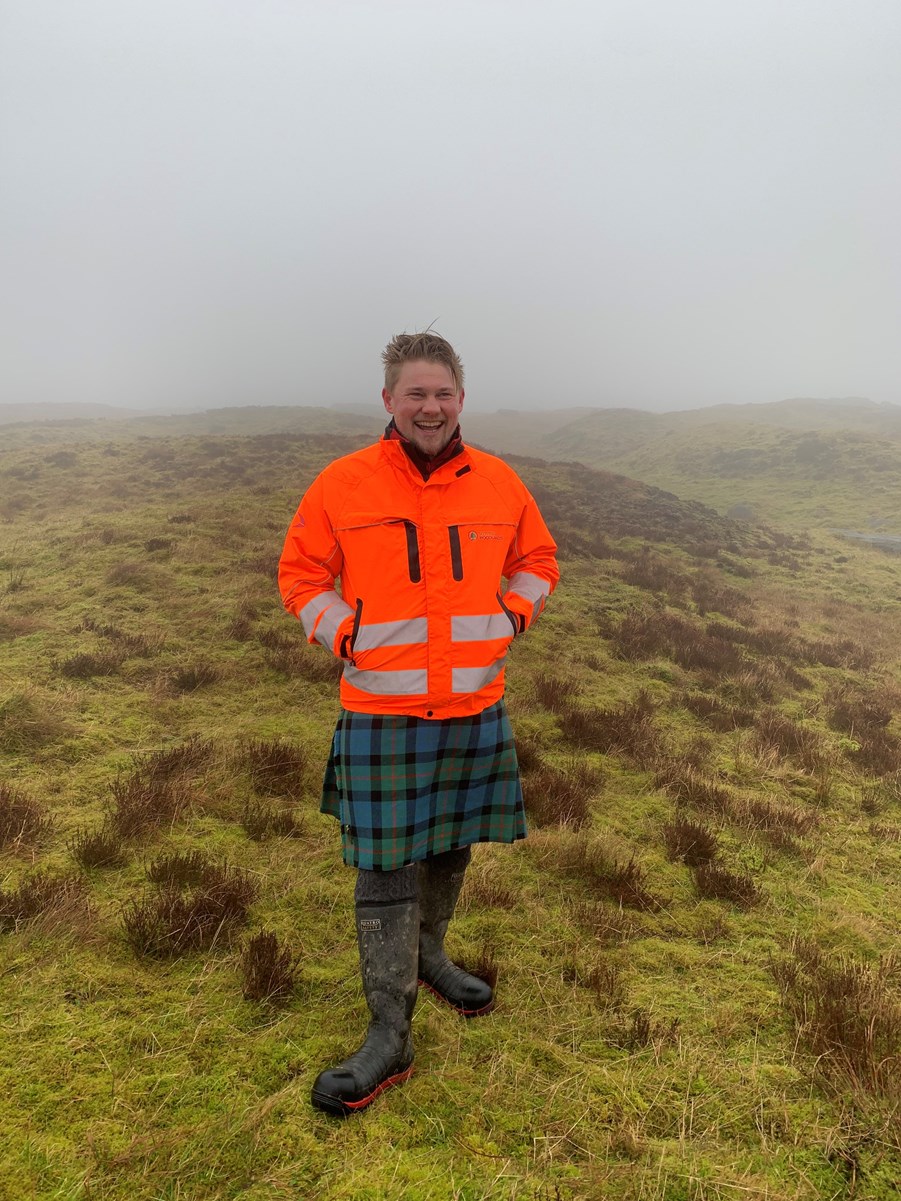
Emma Kerr said: “We had an inspiring few days learning about all things Peat in the Peaks - including metal-eating bacteria, sphagnum scaffolding, helicopter treatments and Teletubby land!”
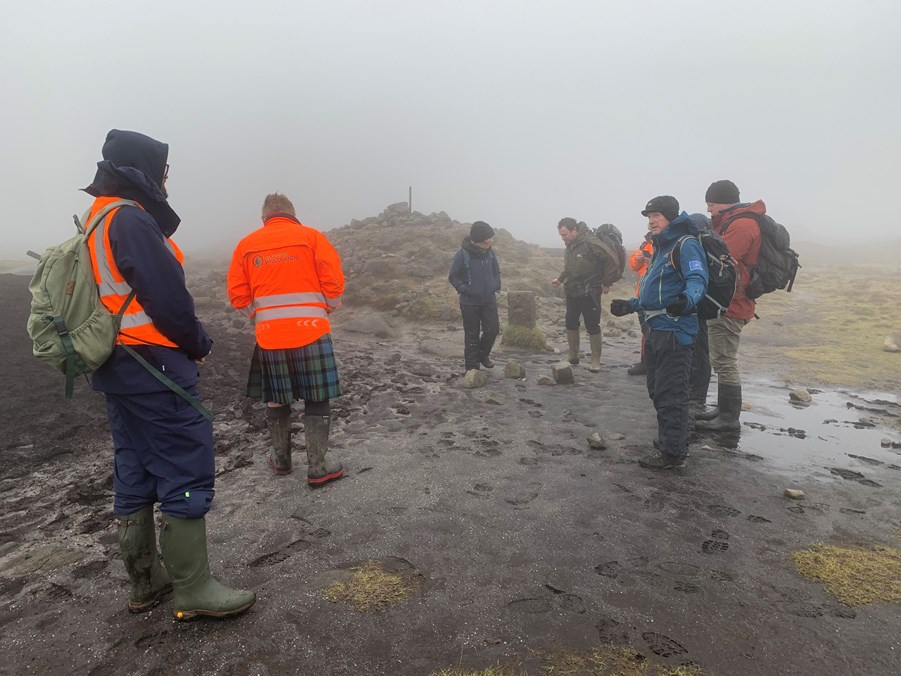
Chris Dean and Steve Maynard from Moors for the Future Partnership hosted the visit, to illustrate the erosion of peatland habitats in the area.
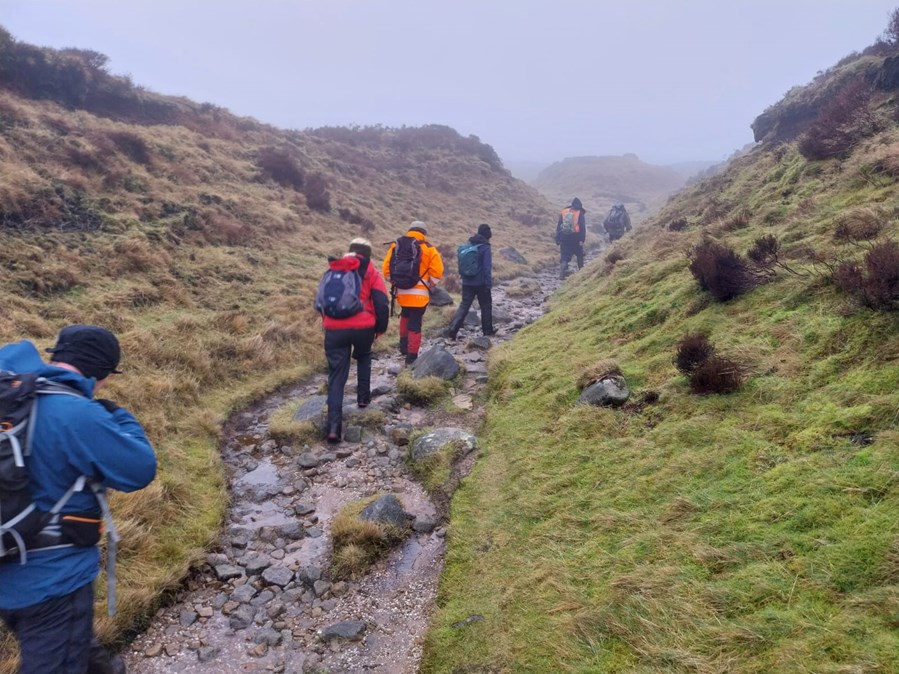
“Chris and Steve showcased peatland restoration work carried out over the last 21 years,” Emma Kerr added. “Bleaklow’s location means that since the industrial revolution, it has been exposed to significant air pollution – leading to vast erosion of the peatland.”
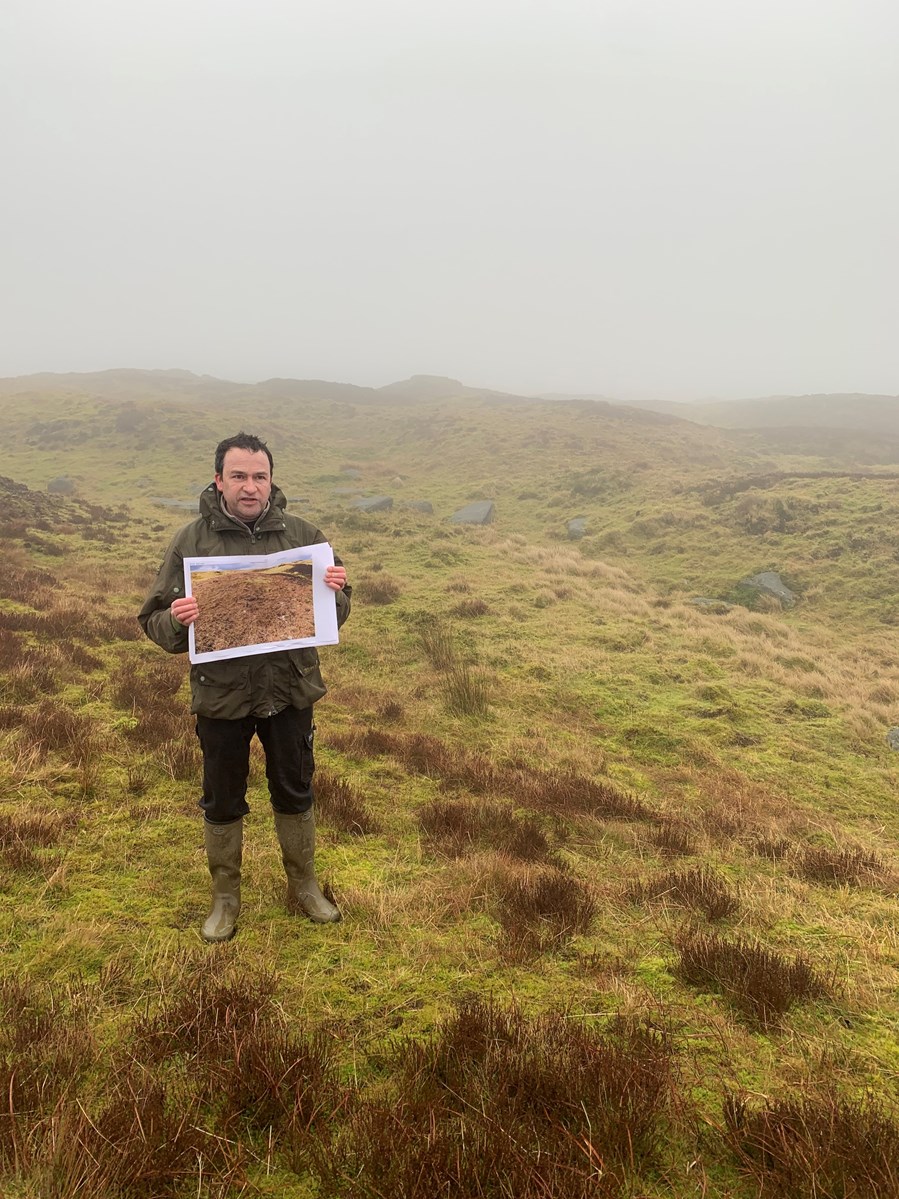
“We visited areas of significant bare peat, which had been eroded down to the mineral soil, and areas that had been restored and were actively recovering.”
Peatland restoration at Bleaklow has involved a combination of reducing the extreme acidity of polluted soils using lime and fertilisers before spreading heather brash and reseeding the site with a nurse grass mix. 250 years of heavy industry in surrounding cities had polluted the soil to such a level that metal-eating bacteria - usually only found in metal scrap and industrial waste disposal units - were recorded within the soil.
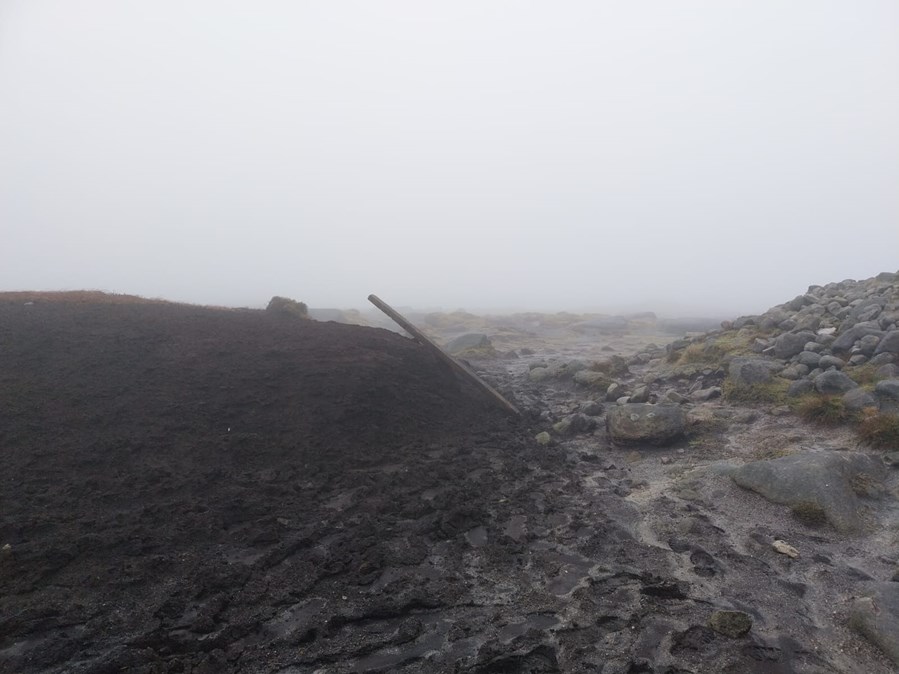
Eroding gullies and channels between the peat hags (isolated mounds of peat) were also modified using stone dams and coir logs to create retaining walls . This helps to slow the movement of water and trap sediment to prevent further loss of peat and create pools for Sphagnum moss plugs to be planted.
Dr Erin Stoll said: “We learnt about how the common haircap moss Polytrichum commune can be used as ‘scaffolding’ in shallow bog pools to allow sphagnum to regenerate and how the application of heather brash onto areas of bare peat has provided a root structure to allow vegetation to take hold.”
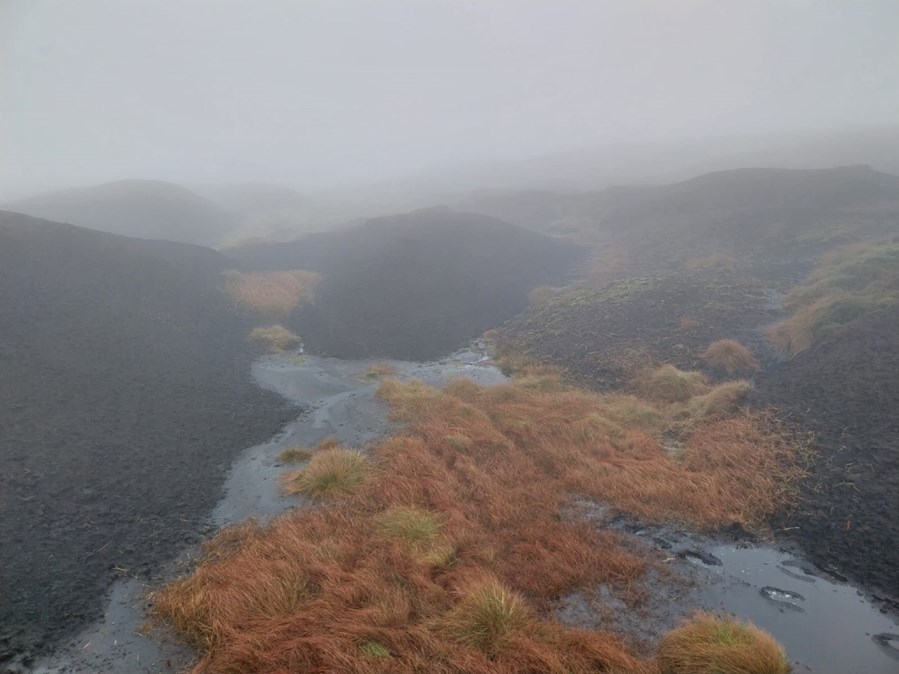
“Chris and Steve described how the initial phase of restoration could look like ‘Teletubby land’ with the nurse grass providing a foundation for the other bog plants to thrive. Also, Moors for the Future Partnership has perfected the use of helicopters and other novel methods to apply seed, lime and fertiliser to remote and heavily-eroded sites over the last 21 years.”
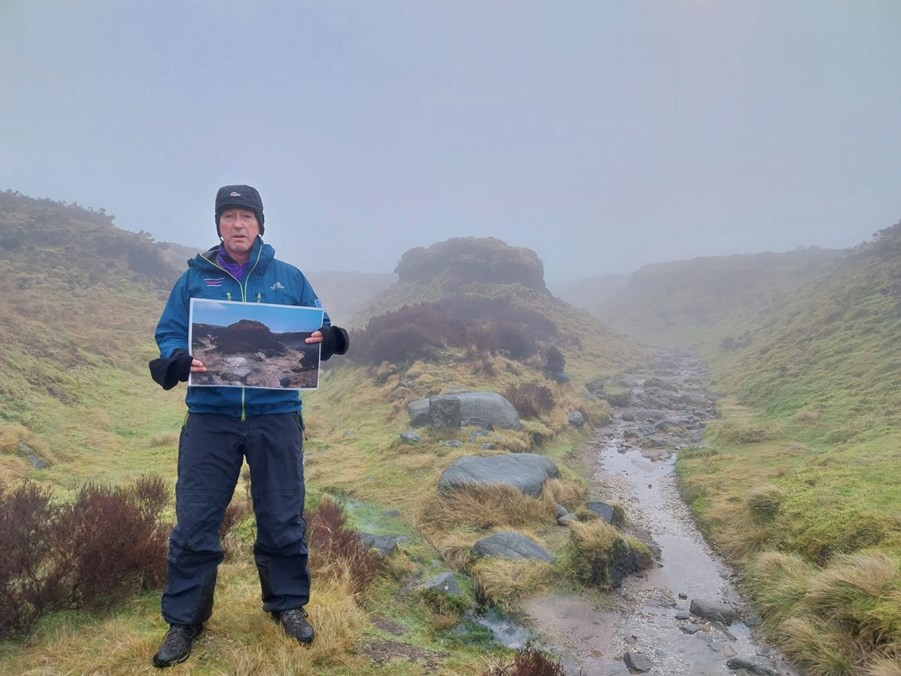
The Scottish Woodlands team was keen to visit a heavily eroded site to understand how such areas could be restored, so they can apply similar techniques to SWL’s wide-ranging peatland restoration projects. Dr Stoll joined the team in January to reflect the growing importance of peatland restoration in the company’s work with owners of land and estates.
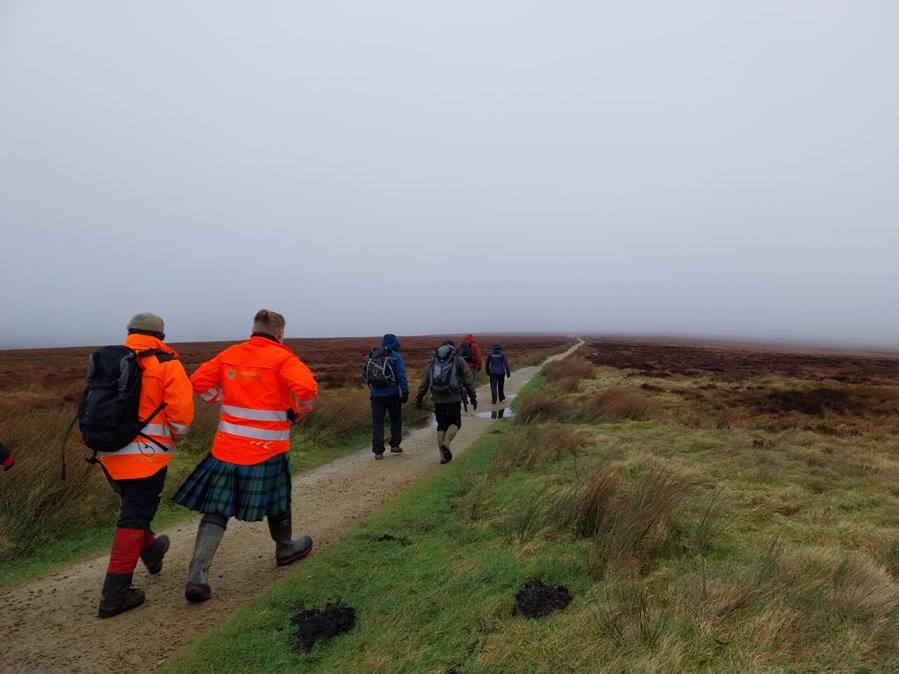
Also on the visit were Deborah Land, Jack Pocock and Ian McKee from NatureScot Peatland ACTION. The team discussed with them what types of restoration techniques could be transferrable - and how this would fit in with Peatland ACTION grant funding in Scotland.
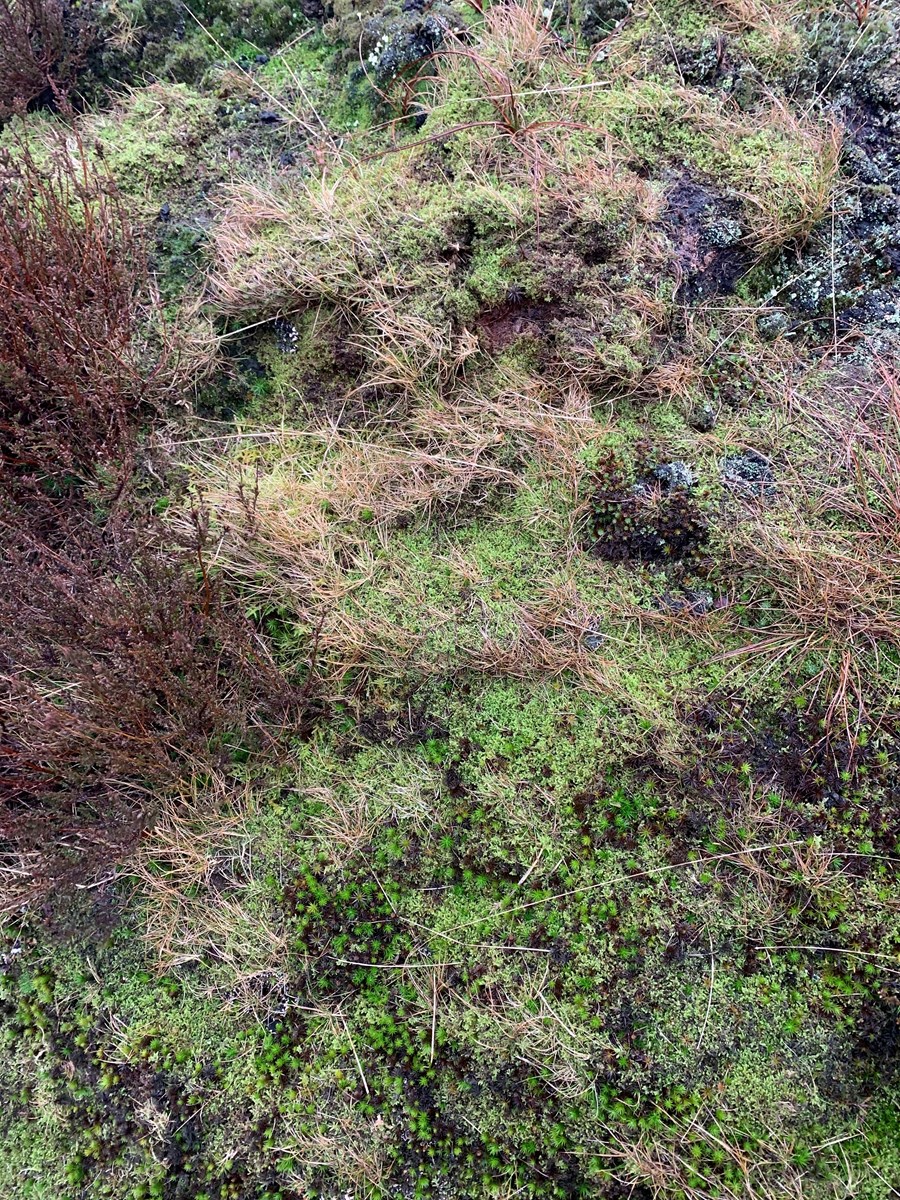
Emma Kerr concluded: “Peat in the Peak District is exposed to both air pollution and a high footfall of walkers wishing to escape city life. Despite the geographical differences between some of our Scottish sites to Bleaklow, we came away from the visit inspired and keen to get stuck into peatland restoration this year.”
